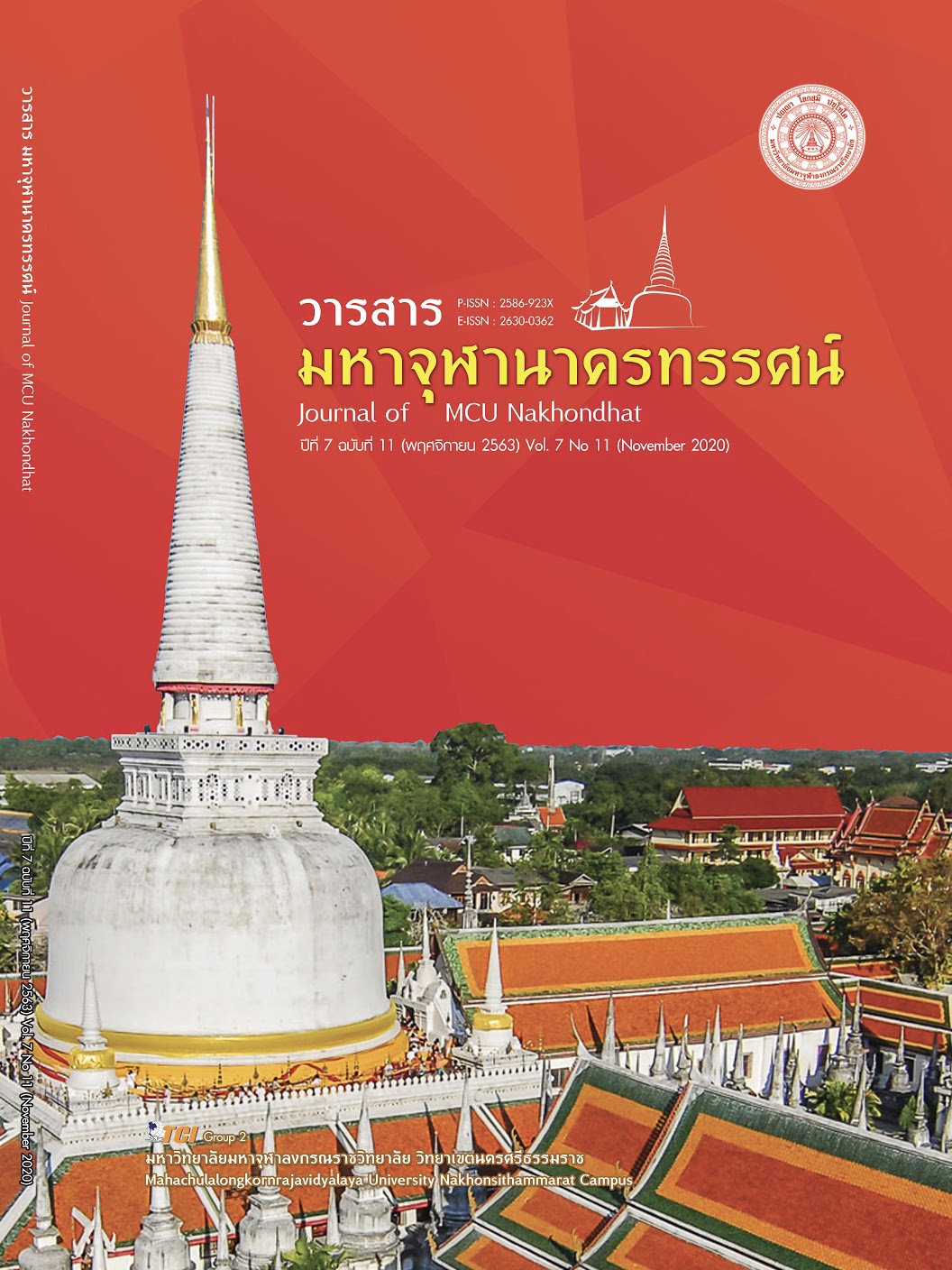THE AFFECT OF BREAST MILK QUANTITY, AND THE SUCCESSFULNESS OF BREASTFEEDING IN KOH SAMUI HOSPITAL
Main Article Content
Abstract
This article is a part of the experiment on the purpose of examining; Has the ginger juice an influence on the breast milk quantity? And is it possible to feed the baby with breast milk only, for a period of 6 months, without any other milks. WHO and UNICEF both suggest to feed baby with breast milk only for 6 months. Because breast milk is the best milk same as the first drop of vaccine to the baby for all the good child development and growth, it is also making a strong relationship between mother and baby. So we as a hospital should encourage all mothers to feed baby with breast milk only for the first 6 months. Mothers were selected between those who delivered their babies in Koh Samui hospital. Questionnaires were used for data analysis. In the questionnaires the mothers will be asked for their opinion, and record forms of breast milk quantity requested to be filled in everyday for a period of 6 months. The results of this research were as follows: 1. The average of breast milk quantity from mothers who drank ginger juice everyday after meals were more than from the mothers who did not drink, and it is being a statistical significance (P < 0.05). The average of breast milk quantity from mothers who drank ginger juice is 1.93 oz. (S.D. = 0.86) The average of breast milk quantity from mothers who did not drink ginger juice is 0.91 oz. (S.D. = 0.43) The mothers who drank ginger juice everyday after meals were for 85% able to feed their babies only with breast milk for 6 months. So if the mothers acknowledges and understand how important it is of a good quantity of breast milk that the baby need it will have a great influence on the successfulness of breastfeeding.
Article Details
References
นงเยาว์ ใบยา และคณะ. (2556). ผลของการพัฒนาระบบบริการการเลี้ยงลูกด้วยนมแม่ต่อมารดาหลังคลอด และครอบครัว โรงพยาบาลศูนย์การแพทย์สมเด็จพระเทพรัตนราชสุดาฯ สยามบรมราชกุมารี. ใน รายงานวิจัย. มหาวิทยาลัยศรีนครินทร์วิโรฒ.
ประชุมพร สุวรรณรัตน์. (2558). การส่งเสริมการเลี้ยงลูกด้วยนมแม่ในห้องคลอดตามการรับรู้ของพยาบาลวิชาชีพและมารดาหลังคลอด. ใน วิทยานิพนธ์พยาบาลศาสตรมหาบัณฑิต สาขาพยาบาลศาสตร์ (การผดุงครรภ์). มหาวิทยาลัยสงขลานครินทร์.
พัตธนี วินิจจะกูล และอรพร ดำรงวงศ์ศิริ. (2563). สถานการณ์การเลี้ยงลูกด้วยนมแม่ ปัจจัยเอื้อและอุปสรรค นโยบายและมาตรการส่งเสริมการเลี้ยงลูกด้วยนมแม่ในประเทศไทย. วารสารโภชนาการ, 55(1), 66-81.
วรรณา พาหุวัฒนกร และมารยาท สุธรรมพิทักษ์. (2556). การเปรียบเทียบปัญหาการเลี้ยงลูกด้วยนมแม่ใน 3 วันแรกหลังคลอดระหว่างมารดาที่เลี้ยงลูกด้วยนมแม่อย่างเดียวกับมารดาที่เลี้ยงลูกด้วยนมผสม เมื่อ 1 เดือน. พยาบาลสาร, 31(2), 57-66.
สุจิตรา ยวงทอง และคณะ. (2555). ผลของโปรแกรมการส่งเสริมการเลี้ยงลูกด้วยนมแม่สำหรับมารดาหลังคลอดบุตรคนแรกต่อระยะเวลาและพฤติกรรมการเลี้ยงลูกด้วยนมแม่. วารสารสาธารณสุข มหาวิทยาลัยบูรพา, 7(2), 100-115.
สุดาภรณ์ พยัคฆเรือง และคณะ. (2559). ปัญหาการเลี้ยงลูกด้วยนมแม่ระยะแรกหลังคลอด: ประสบการณ์ของมารดา. พยาบาลสาร, 34(3), 30-40.
สุสัณหา ยิ้มแย้ม. (2561). สมุนไพรที่กระตุ้นการผลิตน้ำนมแม่. พยาบาลสาร, 45(1), 133-145.
อัฉรา ศรีสุวพันธ์. (2555). ผลของน้ำขิงกับระยะเวลาการเริ่มไหลของน้ำนมมารดาหลังคลอด. วารสารการแพทย์ โรงพยาบาลศรีสะเกษ สุรินทร์ บุรีรัมย์, 27(3), 243-250.
อารีรัตน์ วิเชียรประภา. (2560). รูปแบบการจัดการตนเองของมารดาในการเลี้ยงลูกด้วยนมแม่อย่างเดียวนาน 6 เดือน: กรณีศึกษามารดาหลังคลอด ตำบลบ่อ อำเภอขลุง จังหวัดจันทบุรี. วารสารวิทยาลัยพยาบาลพระปกเกล้า จันทบุรี, 28(2), 29-41.
Gatti, L. (2008). Maternal perception of insufficient milk supply in breastfeeding. Journal of nursing scholarship, 40(4), 355-363.


